Market Trends
Key Emerging Trends in the US Kombucha Market
In recent years, the US kombucha market has experienced a significant surge in popularity, driven by shifting consumer preferences towards healthier beverage options and increased awareness of probiotics' benefits. Kombucha, a fermented tea drink known for its tangy flavor and potential health benefits, has transitioned from a niche health food product to a mainstream beverage choice, with sales steadily climbing across the nation. One notable trend in the market is the diversification of flavors and brands, catering to a wide range of taste preferences and dietary needs. Traditional flavors like ginger and raspberry remain popular staples, but innovative combinations such as blueberry mint and watermelon basil are gaining traction, appealing to adventurous consumers seeking unique experiences.
Moreover, the market has witnessed a proliferation of small, artisanal kombucha breweries alongside established brands, contributing to a vibrant and competitive landscape. These craft producers often prioritize quality ingredients, small-batch brewing techniques, and creative flavor profiles, resonating with consumers seeking authenticity and transparency in their food and beverage choices. Additionally, the rise of local and regional brands has fueled consumer interest in supporting small businesses and exploring products with a strong sense of place and community connection.
Another notable trend shaping the US kombucha market is the increasing availability of low-sugar and no-added-sugar options, reflecting growing concerns about sugar consumption and its impact on health. Many consumers are seeking healthier alternatives to sugary sodas and juices, turning to kombucha as a refreshing and flavorful beverage with lower sugar content and potential probiotic benefits. As a result, manufacturers are responding to this demand by launching products with reduced sugar levels or alternative sweeteners like stevia and monk fruit, appealing to health-conscious consumers without compromising on taste.
Furthermore, the market's expansion is fueled by the growing presence of kombucha in mainstream retail channels, including supermarkets, convenience stores, and online platforms. As kombucha gains broader acceptance and recognition, it is increasingly accessible to a wider audience beyond health food stores, driving sales and market penetration. Strategic partnerships with major retailers and aggressive marketing efforts have helped kombucha brands secure prominent shelf space and increase visibility, further accelerating the market's growth trajectory.
In terms of consumer demographics, kombucha consumption extends beyond health enthusiasts and wellness aficionados to encompass a diverse range of age groups and lifestyles. Millennials and Gen Z consumers, in particular, are driving demand for kombucha, drawn to its perceived health benefits, bold flavors, and artisanal appeal. Additionally, kombucha's versatility as a mixer in cocktails and mocktails has contributed to its popularity among younger consumers seeking innovative beverage options for social gatherings and nightlife experiences.


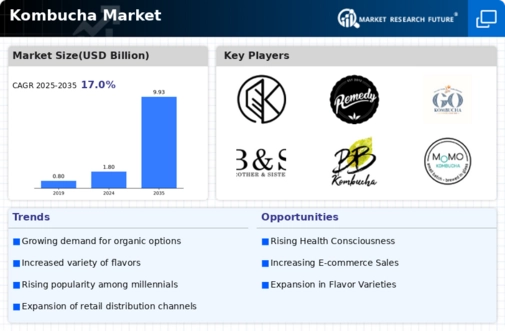
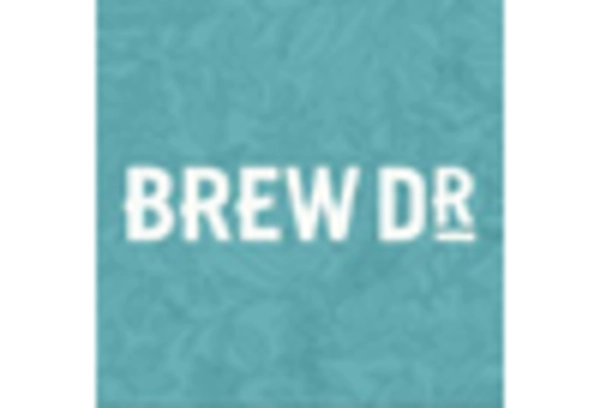

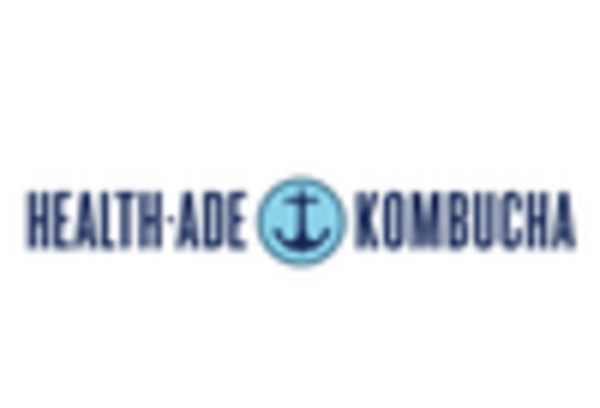
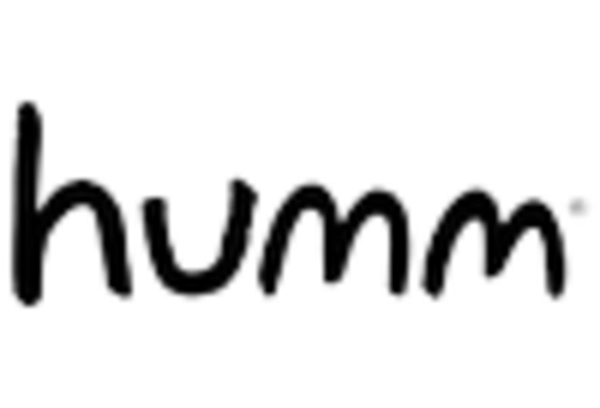
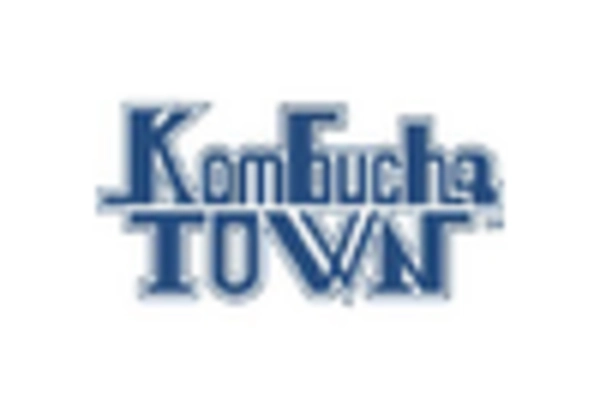
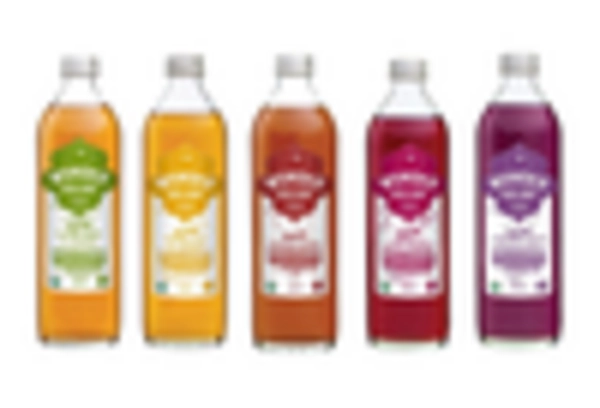









Leave a Comment